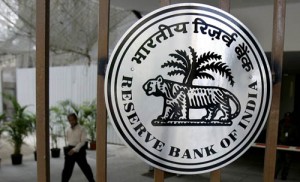 Fraudsters will soon find it difficult to dupe banks by mortgaging the same property with two lenders or selling mortgaged property. Reserve Bank of India has announced the operationalisation of a central database that will contain details of all property against which loans have been advanced.
Fraudsters will soon find it difficult to dupe banks by mortgaging the same property with two lenders or selling mortgaged property. Reserve Bank of India has announced the operationalisation of a central database that will contain details of all property against which loans have been advanced.
The Central Registry of Securitisation Asset Reconstruction and Security Interest of India (CERSAI), a government company licensed under section 25 of the Companies Act-1956, has been incorporated to operate and maintain the Central Registry under the provisions of the Securitisation and Reconstruction of Financial Assets and Enforcement of Security Interest Act, 2002 (SARFAESI Act).
R V Verma, Chairman and Managing director, National Housing Bank, has been given additional charge as the Registrar of the Central Registry for three months, and he will also be the managing director and CEO of CERSAI.
The central registry was seen as crucial for the effectiveness of the SARFAESI Act-the legislation enacted in 2002 to enable banks recover funds from loans that have gone bad. This is possible by either restructuring the loan or enforcing the security and selling the mortgaged asset. The Central Registry is also an important for the development of the home loan market as lenders can now be sure that the property offered as a security has a clear title.
The creation of the registry was announced by the finance minister in his Budget speech for 2011-12. Following the announcement, the finance ministry notified the establishment of the registry to prevent frauds in loan cases involving multiple lending from different banks on the same immovable property.
RBI said that the registry became operational on March 31, 2011. Initially, transactions relating to the SARFAESI Act will be registered in the registry. Interestingly, unlike credit information bureau CIBIL, where borrower information is accessible only by lenders, the records maintained by the Central Registry will be available for search by any lender or any other person.
“Availability of such records would prevent frauds involving multiple lending against the security of same property as well as fraudulent sale of property without disclosing the security interest over such property,” RBI said. The SAFAESI Act requires that lenders file the particulars of any charge over any property within 30 days from the date of creation.





